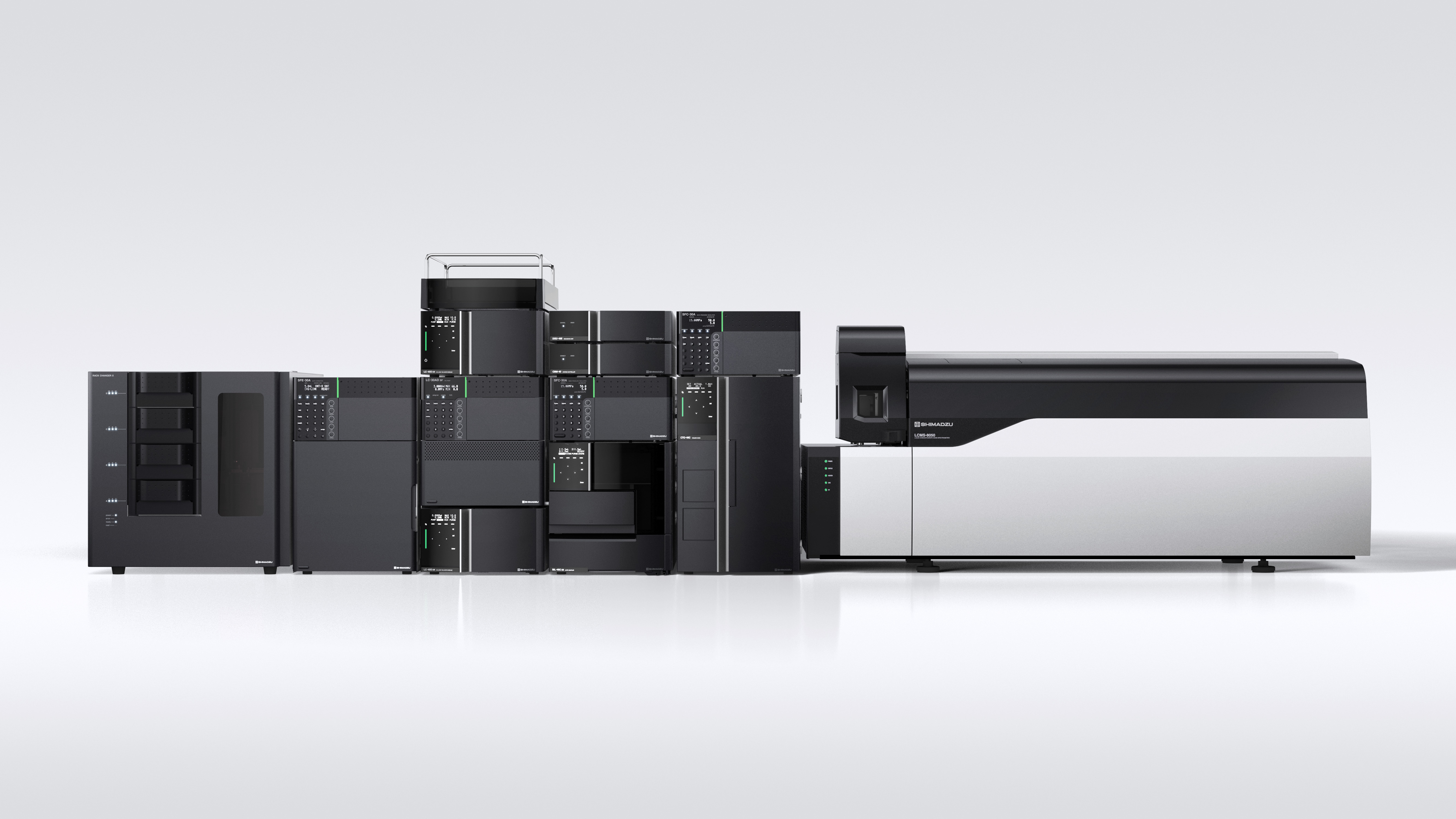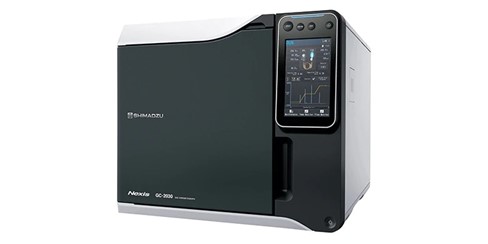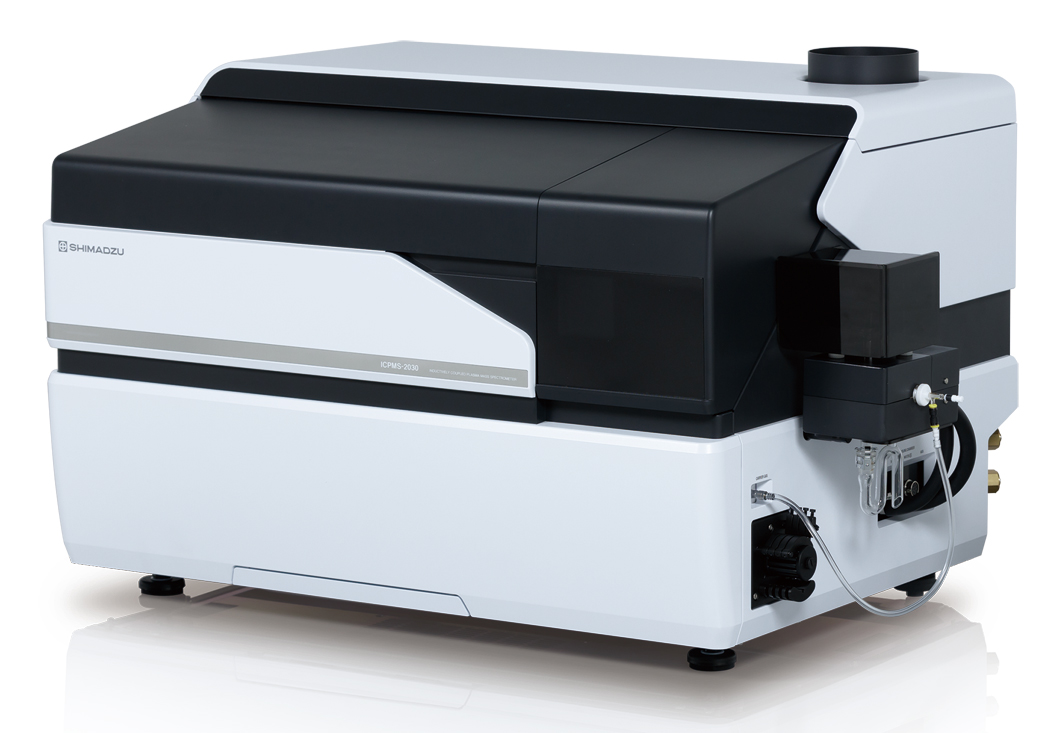ISEAC-41

20.11.2023 - 24.11.2023
ISEAC-41, Amsterdam, The Netherlands
ISEAC-41 | IAEAC
Meet Shimadzu at ISEAC-41, Booth #1
The 41st International Conference on Environmental & Food Monitoring, ISEAC-41, will be held in Amsterdam, the Netherlands from 20-24 November 2023. The conference focuses on innovations in analytical techniques covering the environment-food continuum. After a period of pandemic-related absence, ISEAC-41 will provide a great platform to highlight the latest scientific and technological achievements, exchange of out-of-the-box ideas, discover the latest analytical developments, strengthen existing collaborations and, last but not least, expand scientific networking. Come join us at our booth, where our product specialists are looking forward to welcoming you and discuss our latest developments as well as established techniques. See you in Amsterdam!
Oral Presentation
Thursday, 22.11.2023, 14:30, Room Calla 2
New sampling technique for determination and identification of microplastics in agricultural compartments and on its products with chemical imaging by FTIR- and Raman microscopy
Jürgen Schram, Yasmin Oguz, Mary Yeboah Obiri, Justus Schöttel, Mike Wenzel, Gerrit Renner, Niederrhein University of Applied Sciences, Krefeld, Germany
Thorsten Schmidt, University Duisburg-Essen, Germany
Microplastics in our environment are contaminants increasingly caused by our throwaway society. They can come into agricultural products through different processes, like the deposition of airborne microplastics, plowing under foils into the soil, or microplastics from aquatic systems used for watering. In most of these cases, microplastics accumulate on the surface of agricultural products. A newly developed exfoliation technique with well-defined glass beads (µpeel) separates microplastics and other particles from the plant surface into a glass bead phase. This solid phase afterward is transferred into a recently developed microplastic separator for sediments (and glass beads), using flotation with air bubbles to separate even microplastics with heavy density from the aqueous solution or suspension. It enriches it quantitatively on a metal sieve plate (µsep) ready for further analysis. With an FTIR microscope and Raman microscope, analytical imaging of the filter surface is processed using a recently in our group developed robust, fast, and open-source database microplastics identification software programmed with Python (µident). In addition, a further open-source Python-based tool (µmap) controls the image scanning of the FTIR-microscope, automatically recognizing the spot to be analyzed intensively and thus accelerating the capture of an image of the microplastics distribution on the surface of the sieve. The deposition of microplastics in different in different agricultural compartments and on the surface of its products could be determined, thus revealing the possibilities of this new integral method to determine microplastics on plants.
Poster Presentations
New sampling technique for determination and identification of microplastics on plants with chemical imaging by FTIR- and Raman microscopy
Jürgen Schram, Yasmin Oguz, Mary Yeboah Obiri, Justus Schöttel, Mike Wenzel, Niederrhein University of Applied Sciences, Krefeld, Germany
Thorsten Schmidt, Gerrit Renner, University Duisburg-Essen, Germany
Fully automated workflow for Sample Preparation and Measurement of Dioxin in Food and Environmental samples
Uwe Oppermann, Waldemar Weber, Shimadzu Europa GmbH, Duisburg, Germany
Product Lineup
Please contact us during the conference to get more information for the following instruments and solutions:













